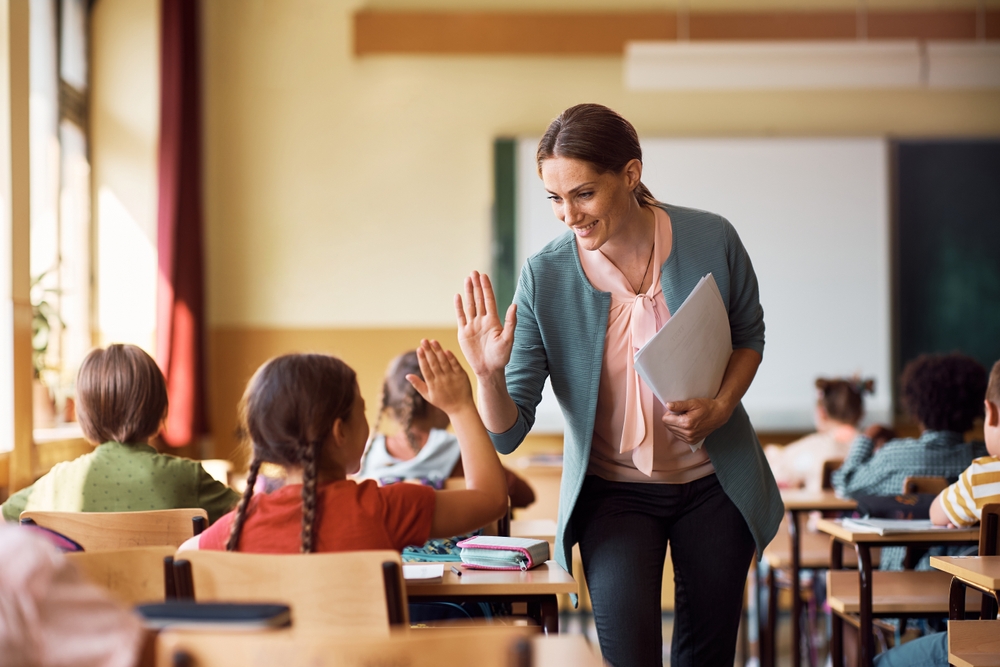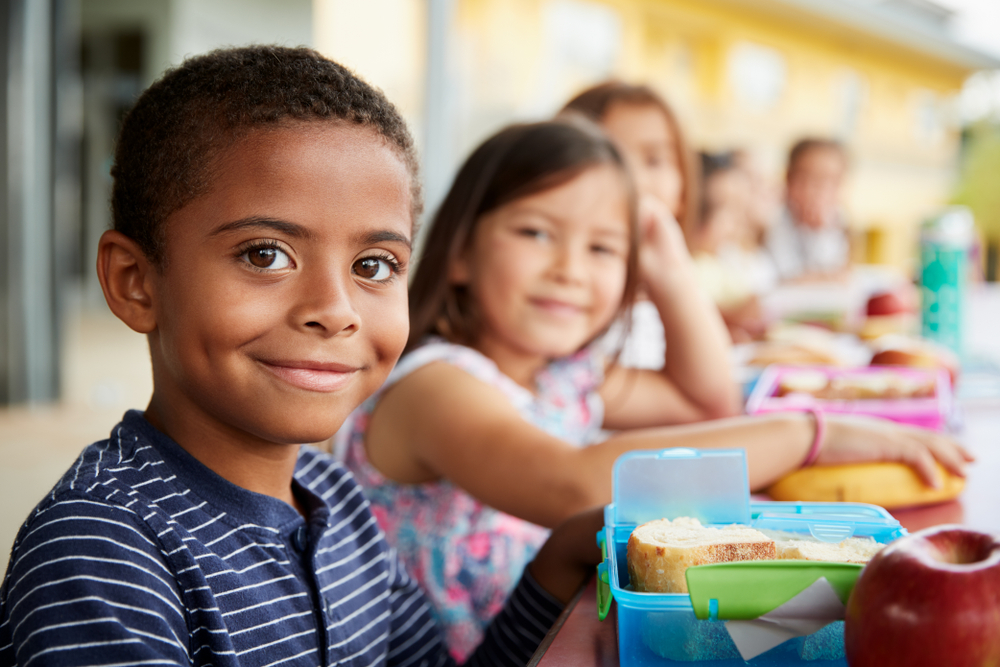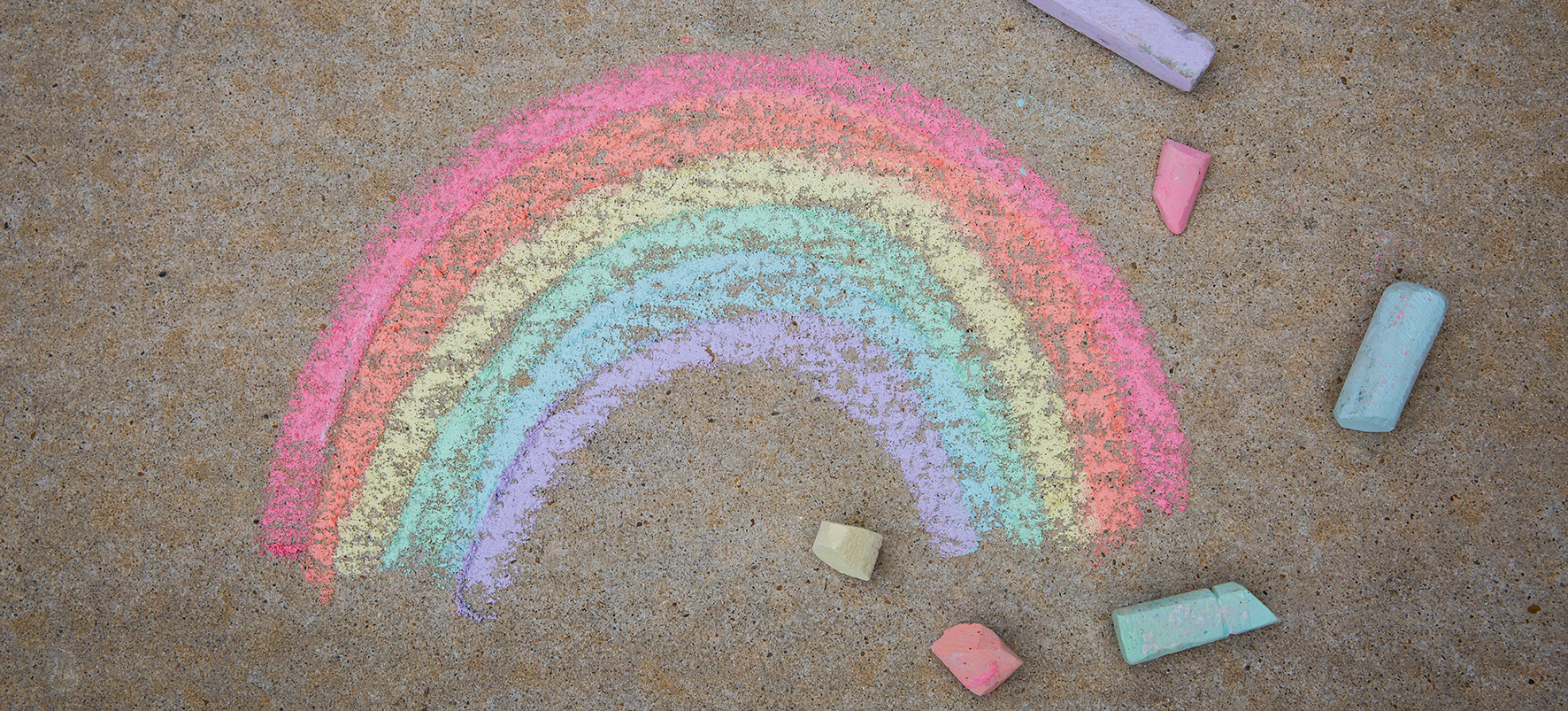Natural disasters can wreak havoc in an instant, leaving communities to rebuild from the ruins. Amongst the chaos, the education of young people often takes a significant hit. Schools serve as a beacon of stability for students, and when they are affected, it’s crucial to find swift and effective solutions to support the continuation of learning.
This article delves into how we can uphold student well-being in temporary schools post-disaster.
Establishing Temporary Learning Spaces
In the aftermath of a disaster, re-establishing a learning environment is essential. It’s about more than just academics; it’s about bringing back routine and a sense of safety for students.
The temporary double modular classroom made by MPH Building Systems provides a practical and reassuring space for education to continue. These classrooms are adaptable and well-equipped, ensuring a seamless shift from the familiar to the new, maintaining continuity in students’ educational journey.
Supporting Emotional Well-being
The psychological impact on students post-disaster can be as devastating as the physical damage. It’s essential that temporary schools serve not just as places of learning but also as sanctuaries where emotional healing is nurtured.
Educators need to be equipped with the skills to support students through their trauma, and activities that encourage emotional expression should be integrated into the school day. Access to counselling and psychological services is also vital to support the mental health of students as they recover.

Community Involvement
The journey to recovery is a collective endeavour. It’s important to engage students and their families in the process, fostering a sense of involvement and empowerment. Resources such as Specialty Fuel Services’ compilation of nationwide disaster recovery organisations can be a lifeline, connecting those affected to a network of support and assistance. These organisations can offer not only practical aid but also guidance and expertise to navigate the complexities of disaster recovery.
Building Resilience
Adapting to a temporary educational setting is an opportunity to cultivate resilience among students. Education should not only focus on academic learning but also on preparing students for future adversities. Integrating lessons on disaster preparedness and emotional resilience into the curriculum can equip students with the knowledge and skills to face future challenges head-on.
Fostering Community and Collaboration
In times of crisis, the strength of a community is tested. Temporary schools become hubs for collaboration, where teachers, parents, and external agencies come together to support student well-being. This collaborative approach ensures that every aspect of a student’s recovery is addressed, from their basic needs to their educational goals.
The Role of Technology
Technology can play a pivotal role in supporting education in temporary schools. Digital platforms can facilitate uninterrupted learning, providing resources and connectivity even when traditional classrooms are not available. Investing in technological solutions ensures that students remain engaged and connected to their educational journey, no matter where they are.

Prioritising Inclusivity and Accessibility
After a disaster, as we rush to rebuild, we must ensure no student is left behind. Temporary classrooms should welcome everyone, including those with disabilities or special educational needs. It’s about more than just ramps and wide doors; it’s about creating a learning environment where every student can thrive. By embedding inclusivity into these spaces, we affirm that every student is integral to the community’s heart and recovery.
Strengthening Partnerships for Long-Term Recovery
The true challenge begins when the immediate crisis fades. Recovery is a marathon, not a sprint, and it calls for a united front. Schools, recovery organisations, and communities must forge strong partnerships. Together, they’ll craft strategies that rebuild not just structures but also the spirit and resilience of students. These alliances are the bedrock for a robust educational future, one that rises from the ruins stronger than before.
Conclusion
Rebuilding after a disaster isn’t just about bricks and mortar; it’s about mending hearts and reigniting young minds. It’s a journey we walk together—teachers, families, and support groups hand in hand. This is how we do more than just get back to lessons and homework.
We’re crafting a new chapter of strength and hope for our kids, one where they not only bounce back but also build the skills and courage for whatever lies ahead. We’re patching up the past while laying down the foundations for a smarter, tougher school community for years to come.





